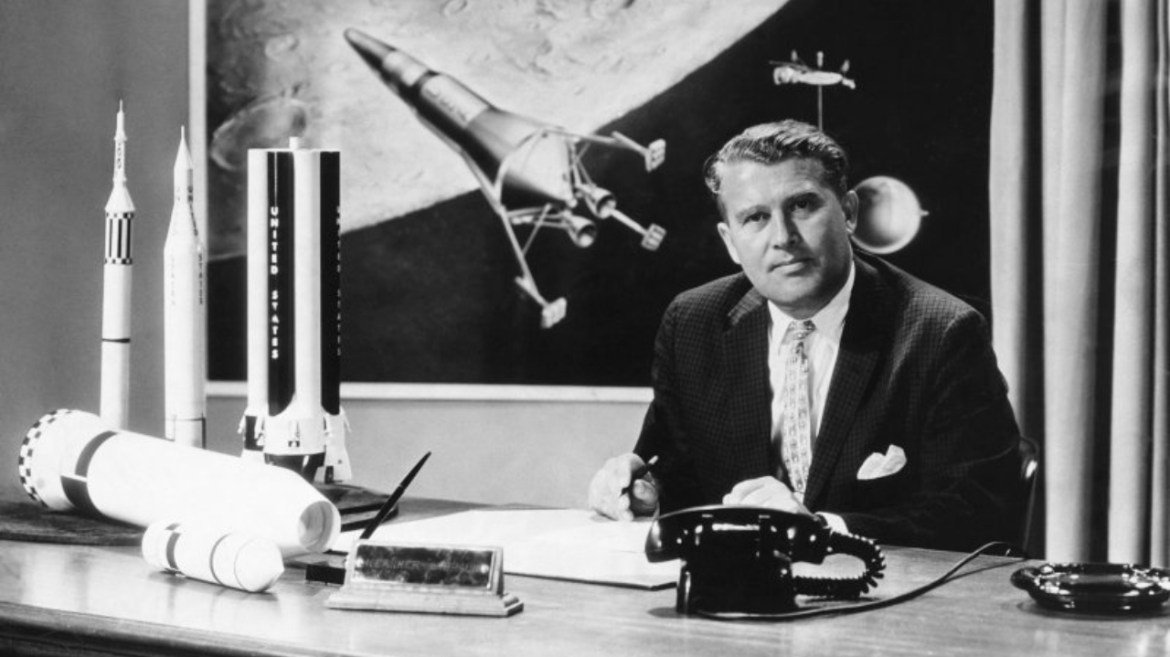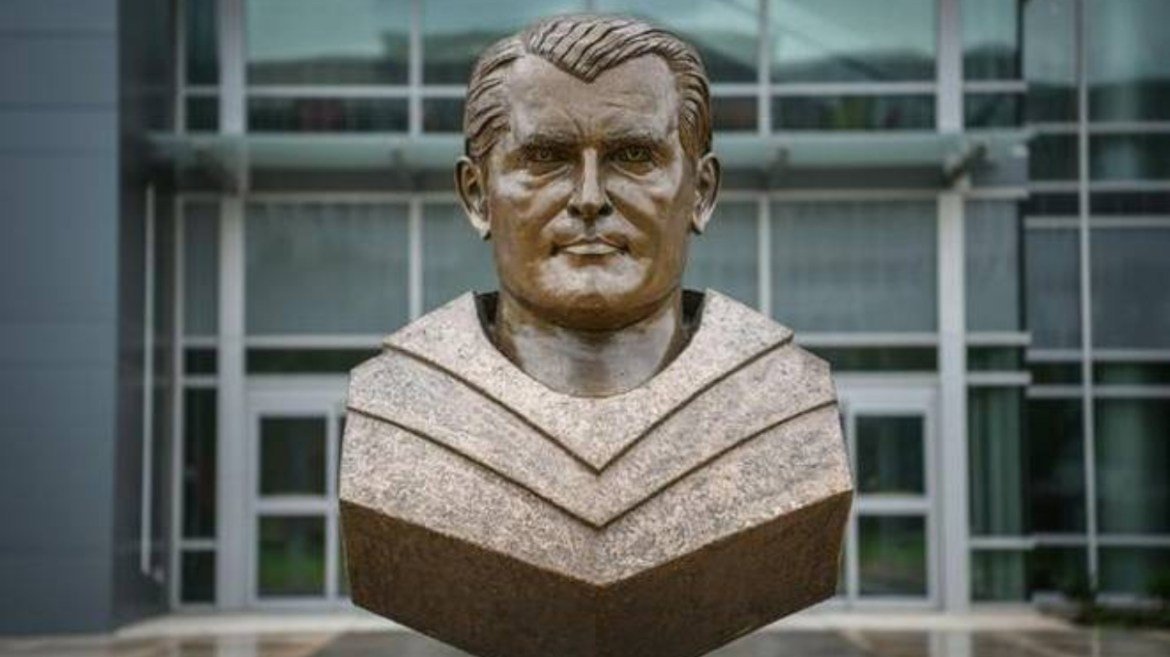With the Apollo 11 mission, humanity set foot on the Moon for the first time. With the three astronauts who landed on the Moon on July 20, 1969, the United States took a step forward in the Cold War. Those who made this mission a success were of course US engineers and astronauts. Is not it? Actually, it’s not exactly like that.
After Nazi Germany lost the Second World War, many space researchers became the apple of the eye of the USA. Facts say that Nazi engineers played a big part in the success of Apollo 11.
Let’s take a look at the life of one of those engineers who developed missiles for Nazi Germany before and during the war and surrendered to the USA after the war and continued his research there: Wernher von Braun…
Nazi engineers surrender to US forces
Wernher von Braun (1912–1977) was one of the most important rocket developers and space researchers of the 20th century. Having a great interest in space exploration, von Braun was involved in many activities in Germany. In late 1932, he began work for the German army to develop liquid-fueled rockets.

Werner von Braun. (Photo: Hulton Deutsch/Getty)
The V-2 ballistic missile, the predecessor of US and Soviet intercontinental ballistic missiles and space launch vehicles, was the main invention of von Braun’s rocket team. After 1937 they worked in a secret laboratory in Peenemünde on the Baltic coast. The liquid-fueled V-2, with an average length of 14 meters and a weight of 13 tons, was moving at speeds of over 6 kilometers per hour. They first launched successfully in October 1942. They were used against targets in Western Europe from September 1944.

According to NASA’s biographical article, von Braun was a member of the Nazi Party and an SS officer. However, in 1944 the Gestapo arrested him for his careless remarks about war and rocketry. His responsibility for crimes related to rocket production remains controversial.

Bust of von Braun at NASA’s Marshall Space Flight Center. (Photo: AFP)
By late 1944, it was clear to von Braun that Germany would be invaded, and he began planning for the post-war period. Before the Allies captured the V-2 rocket complex, von Braun went south, then into Bavaria. He then became one of 120 German scientists who surrendered to the United States. These scientists were not considered war criminals like other prominent Nazi figures. On the contrary, they were given new working areas and opportunities. The Soviet Union likewise recruited German scientists, according to Time.
Apollo 11 architect von Braun and his team
For fifteen years after the Second World War, von Braun worked with the US Army on the development of ballistic missiles. He assisted with V-2 launches at the White Sands Proving Ground in New Mexico. In 1950 von Braun’s team moved to the Redstone Arsenal near Alabama, where they designed the Redstone and Jupiter ballistic missiles, as well as the Jupiter C, Juno II and Saturn I launch vehicles. Jupiter C entered orbit of the first US satellite, Explorer I, in 1958.

Apollo 11 astronauts left to right Neil Armstorng, Michael Collins and Edwin Aldrin. (Photo: NASA)
In 1960, this rocket development center was transferred to the National Aeronautics and Space Agency (NASA). Its primary purpose was to develop giant Saturn rockets. Von Braun became director of NASA’s Marshall Space Flight Center. He was also the chief architect of the super-boosting Saturn V launch vehicle, which would thus send the Americans to the Moon. Ultimately, with the Moon landing on July 20, 1969, the Apollo 11 mission led Dr. Von Braun’s lifelong dream came true.

Wernhen von Braun was once a member of Hitler’s Schutzstaffel(SS). He was the rocket engineer who designed the Nazi’s fearsome V-2 missile that rained death on Allied cities during the war. However, he later died in 1977 as one of NASA’s historic scientists.
The life of the engineering genius Wernher von Braun, who developed the world’s first ballistic missile for Adolf Hitler during the Second World War, is really interesting. When we look at the pioneer of the rockets, a dark past catches the eye; More than 3,000 V-2 missiles were used by the Germans in the war. More than 5,000 people died in missile attacks, and about 20,000 people died while mounting missiles in concentration camps.